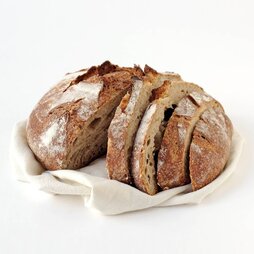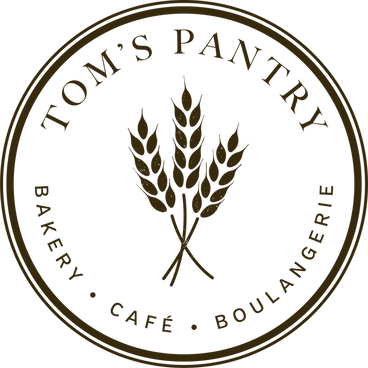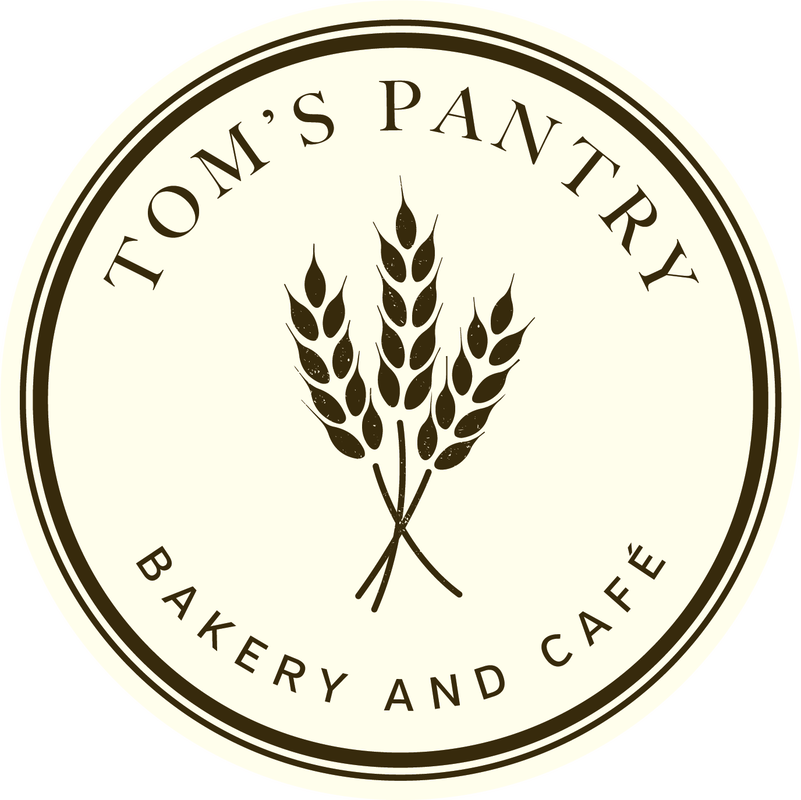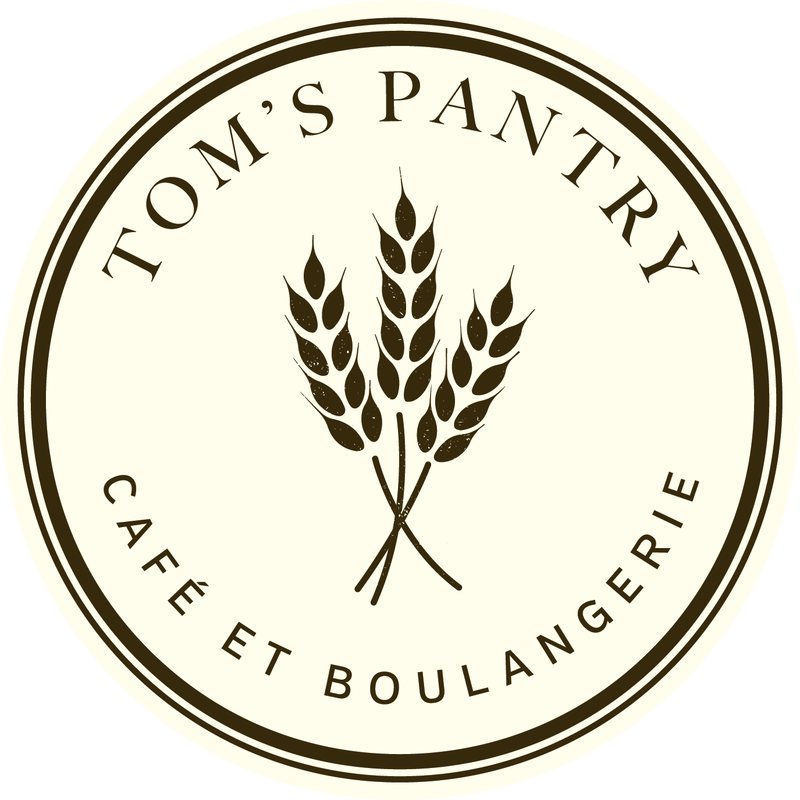Tom's Pantry
Bakery, Café, Eatery, Local Food Market

Tom's Pantry - homemade goodness.
Too busy for breakfast? Need a quick wholesome lunch? Looking for premium coffee to wake up? Drop by Tom’s Pantry in Alexandria for some home-baked goodness!
Savour a warm latte, muffin and scone, sourdough bread, soup and sandwiches, all made on site, to eat in or take-out. We’re open as early as 7 am Monday through Friday, 9 am on Saturday and Sunday.
Rosa Del Maestro was our first coffee tester and she approved. So did many other people who enjoyed our free coffee samples over the last two weeks.
We have organic craft coffees from TOTEM Roasters in Vankleek Hill, available as whole beans to take home. Plus organic teas from A Cup of Kindness Tea Company in Bainsville, and hot chocolate from Camino Amigos in Ottawa.
Sign up for our newsletter to stay in touch for products, markets, delivery routes, and special events.
Too busy for breakfast? Need a quick wholesome lunch? Looking for premium coffee to wake up? Drop by Tom’s Pantry in Alexandria for some home-baked goodness!
Savour a warm latte, muffin and scone, sourdough bread, soup and sandwiches, all made on site, to eat in or take-out. We’re open as early as 7 am Monday through Friday, 9 am on Saturday and Sunday.
Rosa Del Maestro was our first coffee tester and she approved. So did many other people who enjoyed our free coffee samples over the last two weeks.
We have organic craft coffees from TOTEM Roasters in Vankleek Hill, available as whole beans to take home. Plus organic teas from A Cup of Kindness Tea Company in Bainsville, and hot chocolate from Camino Amigos in Ottawa.
Sign up for our newsletter to stay in touch for products, markets, delivery routes, and special events.

Tom's Pantry is a good food destination:
- organic authentic sourdough bread, with non-wheat options,
- full service bakery, desserts, delicacies, prepared foods,
- café and restaurant, eat in, seasonal patio, take-out,
- online ordering and home deliveries on selected routes,
- bulk retail of organic flours, ingredients, and food staples,
- catering with pick up or delivery,
- private event and meeting space in the evenings,
- community market with a local produce, artisanal prepared foods, organic and niche food products from Canada and beyond.
|
Welcome to Tom's Pantry. We are (first row, left to right) Tom, Laila, Meaghan, Rainy. Not available for the picture are also Manon, Carmen, and Isabelle.
We love authentic organic sourdough bread, the traditional levained bread that was common centuries ago before yeast was developed. Yeast makes quick and easy bread, but sourdough provides the unique fermented taste and the strong chewy texture. We also love organic agriculture and food for its positive impact on our environment, the contribution to our health, and its support of farm families. And let's talk about a craving for taste, relationships, and artisanal uniqueness. |
Organic
Tom's Pantry uses almost only certified organic flours. Most of the other ingredients are also certified organic, with a few exceptions depending on availability. Look for the list of ingredients on the label to see which items are organic.
But Tom's Pantry is not a certified organic operation.
But Tom's Pantry is not a certified organic operation.



